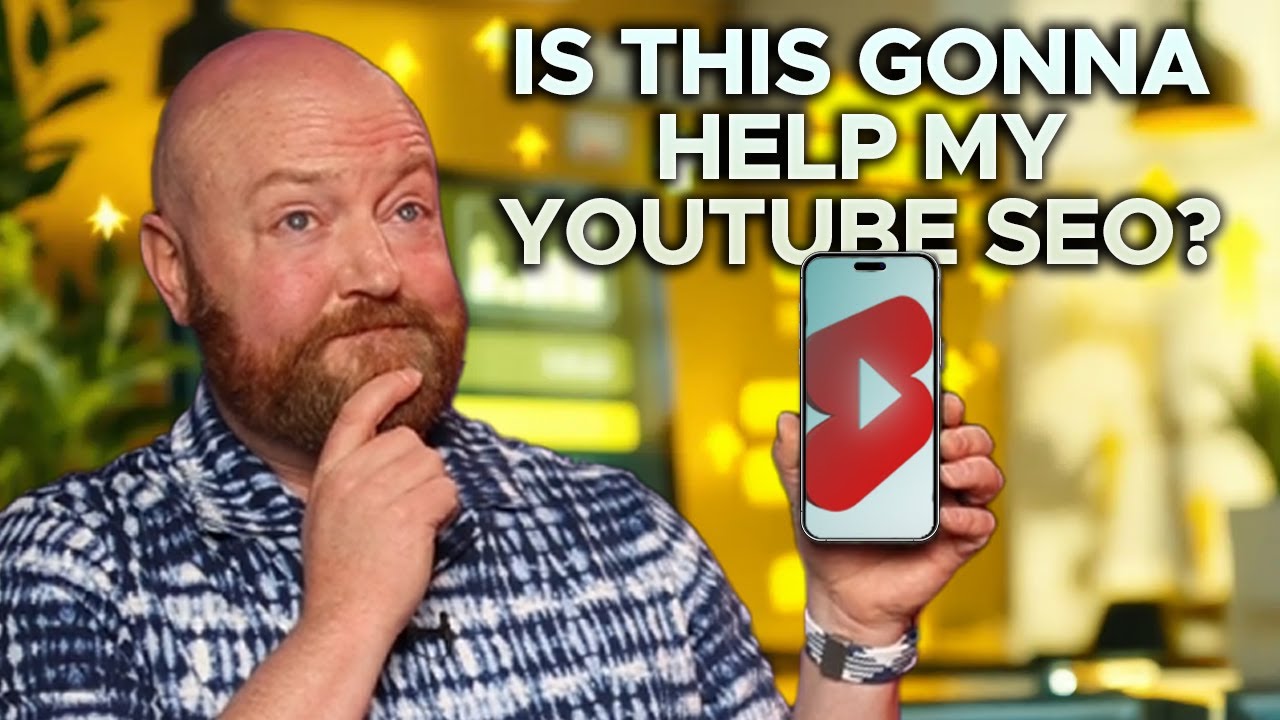If you’re serious about YouTube growth, you’ve probably encountered SEO scores from various tools like TubeBuddy and vidIQ. These tools promise to help you optimise your videos by providing an SEO score, and they even let you track how your videos measure up against the competition. But how reliable are these scores?
Would it surprise you if I told you that these SEO scores can be misleading and, in many cases, inaccurate? In this article, I’ll share what I’ve learned about YouTube SEO tools, explain why their scores may not be as trustworthy as you think, and show you a more effective way to track your rankings and performance.
The Problem with YouTube SEO Scores
Let’s take a look at two popular YouTube SEO tools: TubeBuddy and vidIQ. Both of these platforms provide scores to gauge your video’s SEO effectiveness. But, as I’ve discovered, these scores don’t always align with real-world performance.
For example, let’s talk about a video I worked on for my client, Nicholeen Peck. If you search for “how to discipline a child that lies and steals,” you’ll find her video at the top of the results. We did something right there. However, when I check the SEO score on vidIQ, it says the overall score is “low,” despite the video receiving 821 views in just one week. Similarly, TubeBuddy’s score for this video is only 50%.
Now, let’s consider another example: a video by my client, Jason Schroeder, about becoming a construction project manager. TubeBuddy assigns a score of 51 out of 100, which, according to the platform, suggests that this keyword isn’t very effective. But the video has garnered 27,000 views from his ideal clients—proof that it’s working, despite what the tool says.
In yet another case, Sean Higgins ranks at the top for “how to buy tax liens over the counter,” and TubeBuddy gives his video a score of 63. However, it’s bringing in 12,000 views.
So, why are these SEO scores telling us that these videos aren’t performing well when the reality says otherwise? The answer lies in the fact that these scores don’t always reflect real performance or engagement.
How I Track SEO Performance
So, if these SEO scores from TubeBuddy and vidIQ aren’t reliable, how can you accurately track your YouTube video’s performance? The answer is simple: You need to look at the actual data provided by YouTube and do your own analysis.
For example, YouTube analytics allows you to see detailed data about your videos, such as views and traffic sources. I personally use advanced reports to track progress over time. Let’s look at Jason Schroeder’s channel. In the last 90 days, views from search increased from 79,000 to 87,000—an improvement that shows his SEO efforts are paying off. These numbers are far more reliable than a score from TubeBuddy or vidIQ.
Similarly, Nicholeen Peck’s views went from 26,000 to over 28,000 in just a month. Tracking these changes provides real insight into how well your videos are performing.
Creating Your Own SEO Tracking System
Rather than relying on external SEO tools, I prefer creating my own system to track video rankings. I use a simple Google spreadsheet where I give myself a score based on whether my videos appear in the top 3, in the top 20, or not at all. Here’s how it works:
- Yes: Your video ranks in the top 3 for a search query.
- Starting: Your video is in the top 20 but not in the top 3.
- No: Your video doesn’t rank at all for that search term.
For example, when I was working with Noelle Randall’s videos, I saw a consistent improvement in rankings over several months. In February, we had a score of 3, and by July, we were dominating the search results with a score of 16. This type of granular tracking is much more effective than any generic score.
Focusing on What Really Matters
When you dive into YouTube SEO, it’s easy to get lost in all the advice and recommendations that tools like TubeBuddy and vidIQ provide. But much of it isn’t as important as they make it seem. For instance, they suggest adding more tags, replying to comments, or including captions to improve SEO. While these may help with engagement, they don’t necessarily impact your rankings.
The most important factor in YouTube SEO is focusing on the keywords people are searching for and making sure your title and content are aligned with those searches. The right title can make a huge difference in helping your video show up in search results, and that’s what truly matters in SEO.
My Secret Weapon: The LEAF Strategy
If you want to know how I consistently get videos to rank at the top, let me introduce you to the LEAF strategy. This is the system I use for every video and channel I manage to ensure optimal performance. It focuses on effective keyword research, video optimisation, and consistent content creation.
I’ve linked to the video where I go over the LEAF strategy in detail, and I highly recommend you check it out. It’s the secret to transforming your YouTube SEO approach and making sure your videos show up where they matter most.
Conclusion
SEO scores from tools like TubeBuddy and vidIQ can be tempting, but they often don’t provide a complete or accurate picture of your video’s performance. Instead of relying on these tools, take charge by using YouTube’s native analytics and creating your own tracking system. This will give you a much clearer, data-driven understanding of how well your videos are ranking and whether your SEO efforts are paying off.
Remember, success on YouTube is about more than just getting a high SEO score—it’s about creating engaging, valuable content that people are searching for. Focus on what works, track your progress, and keep optimising for long-term success.
Check out my LEAF strategy video to learn how to get your videos to the top of YouTube search!




